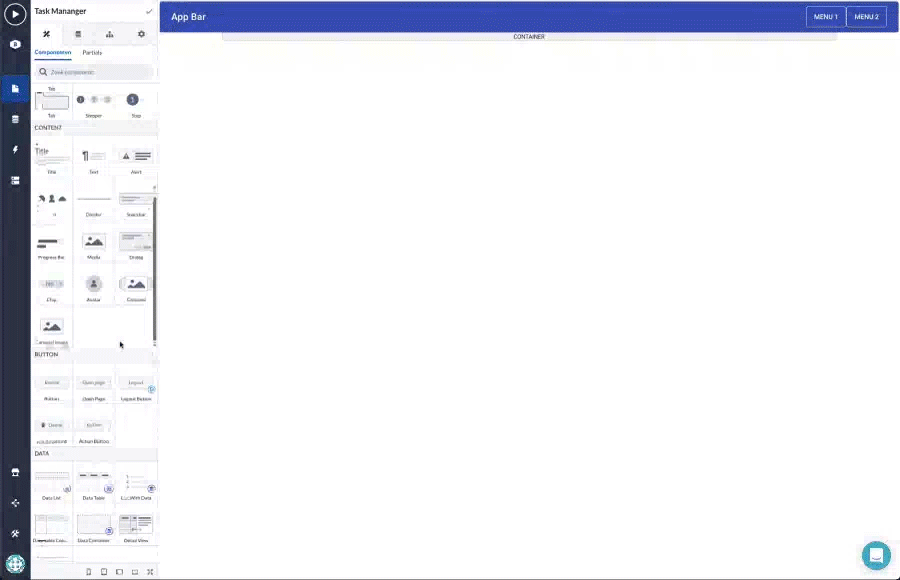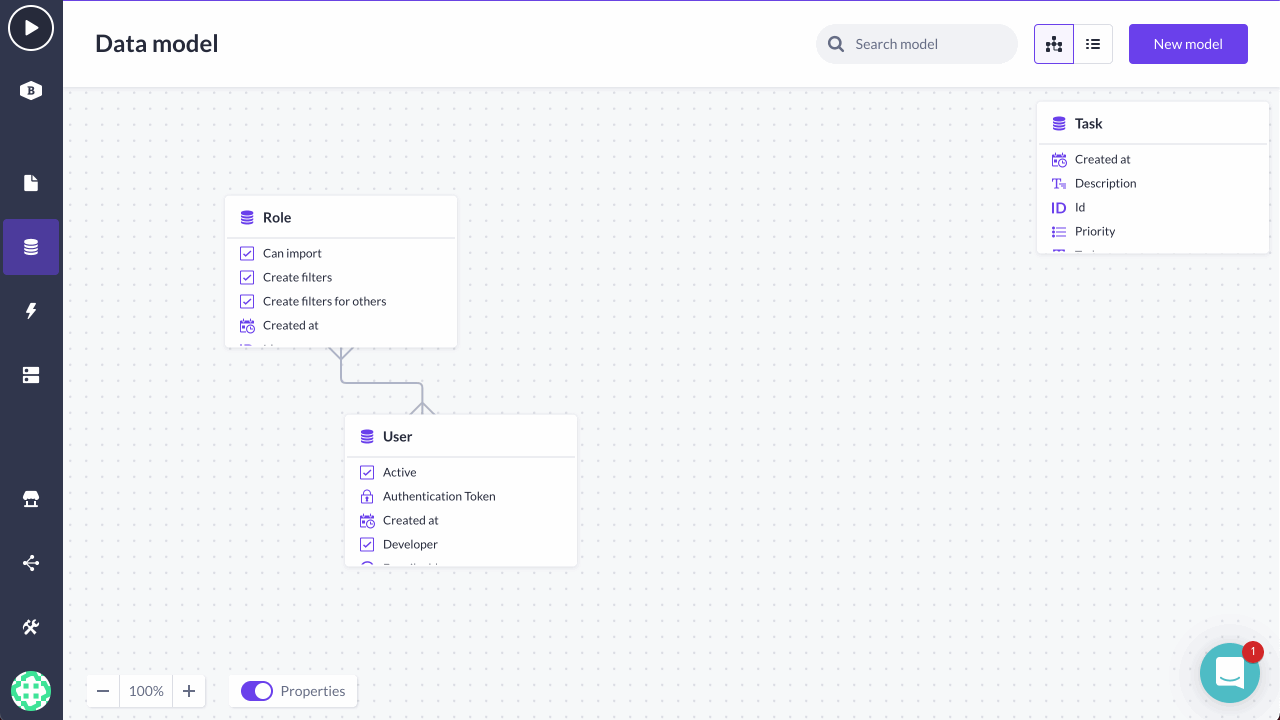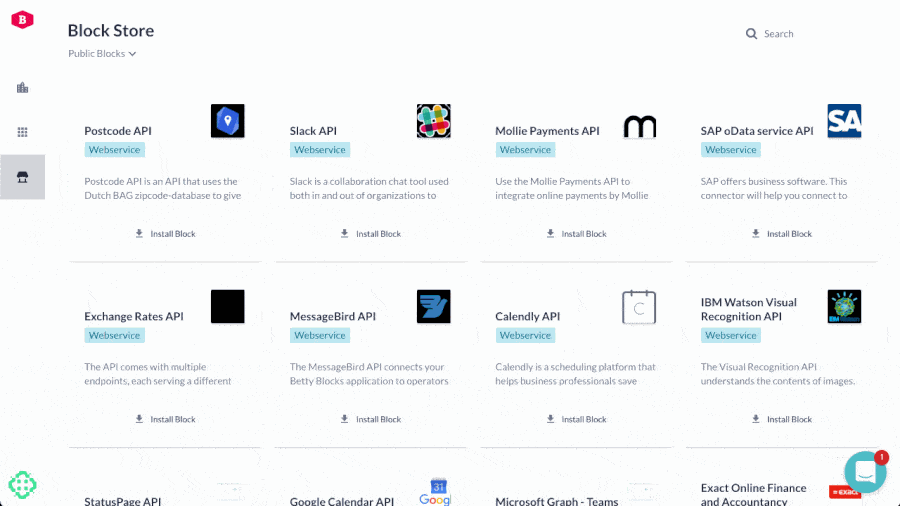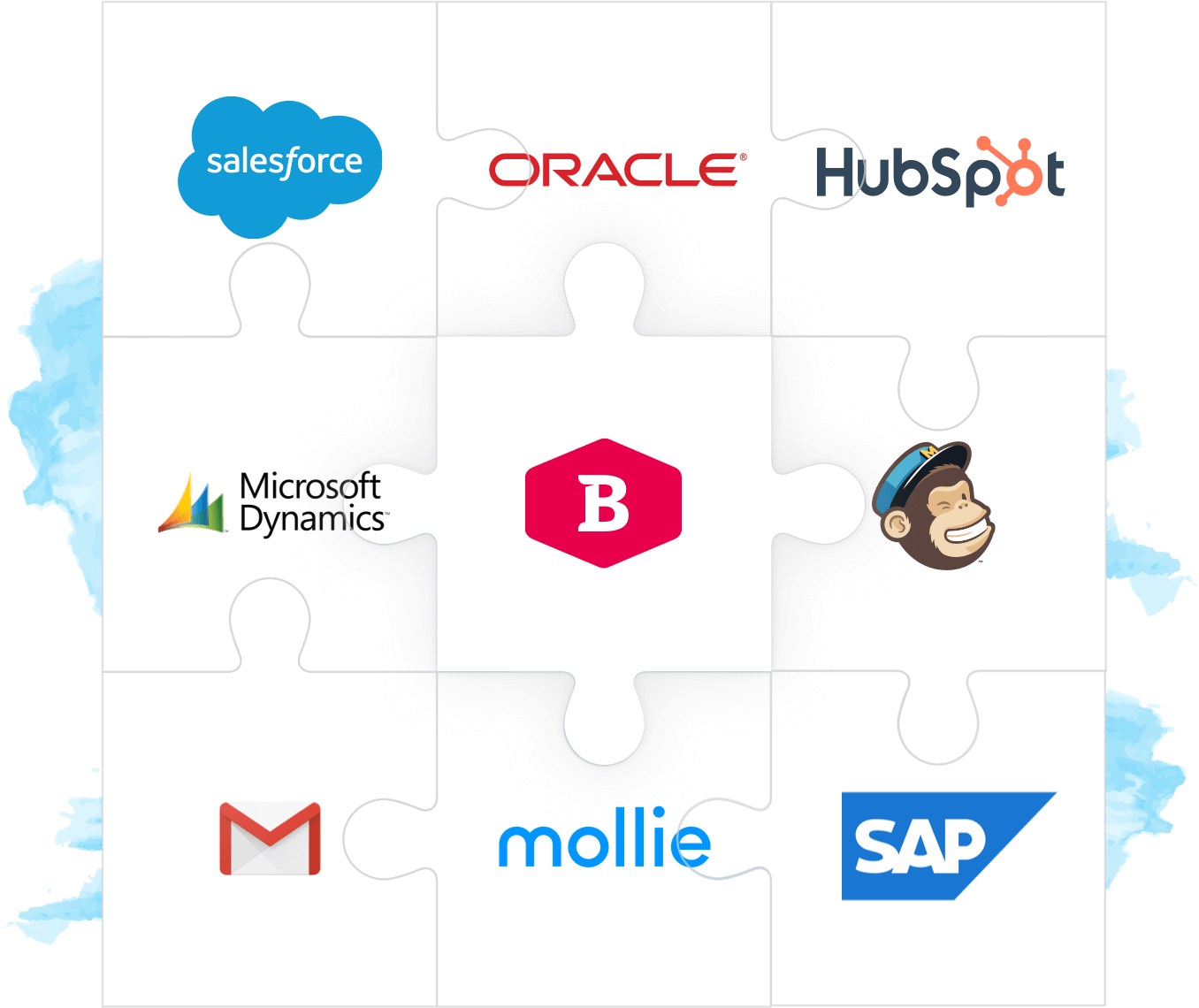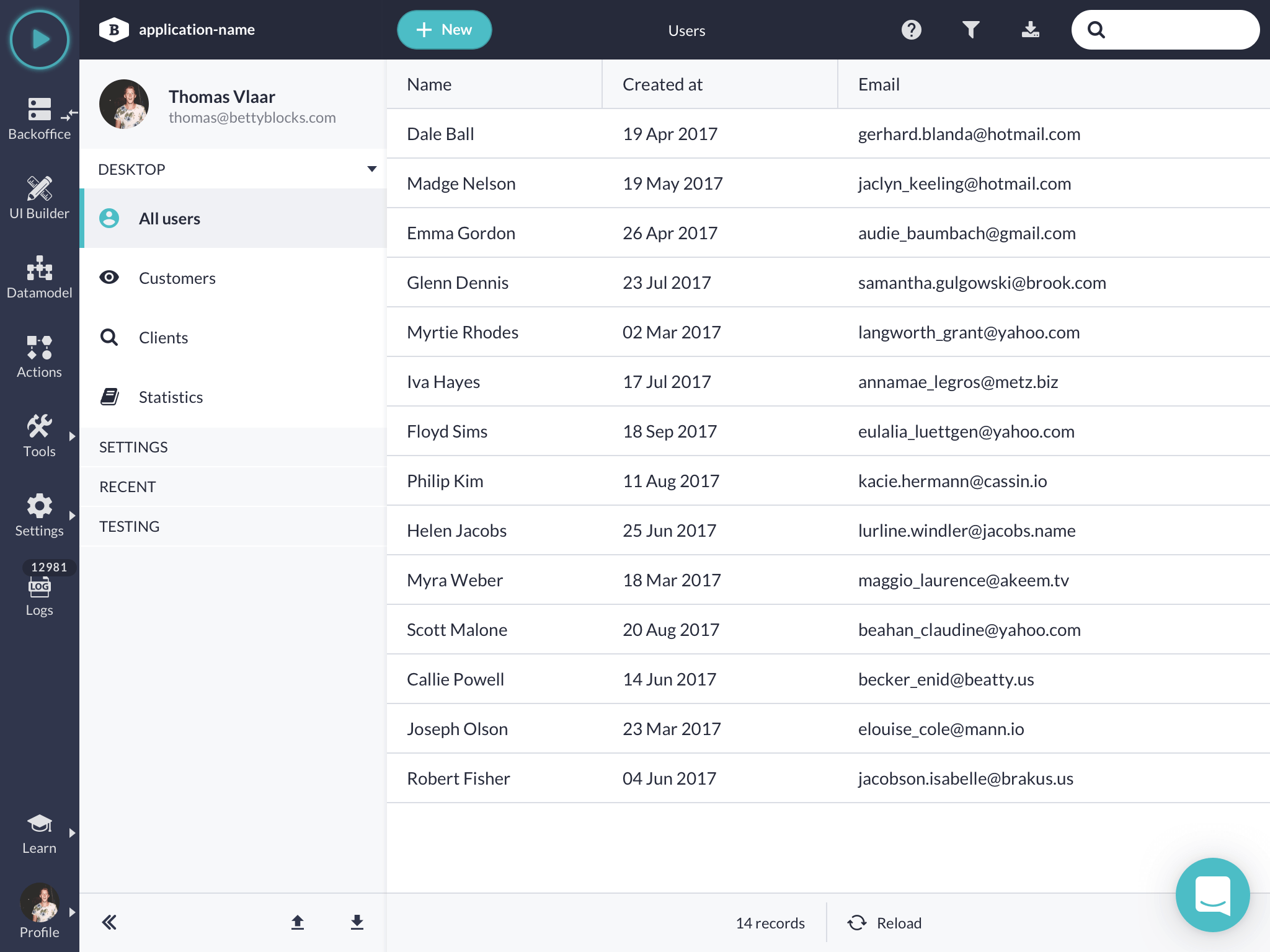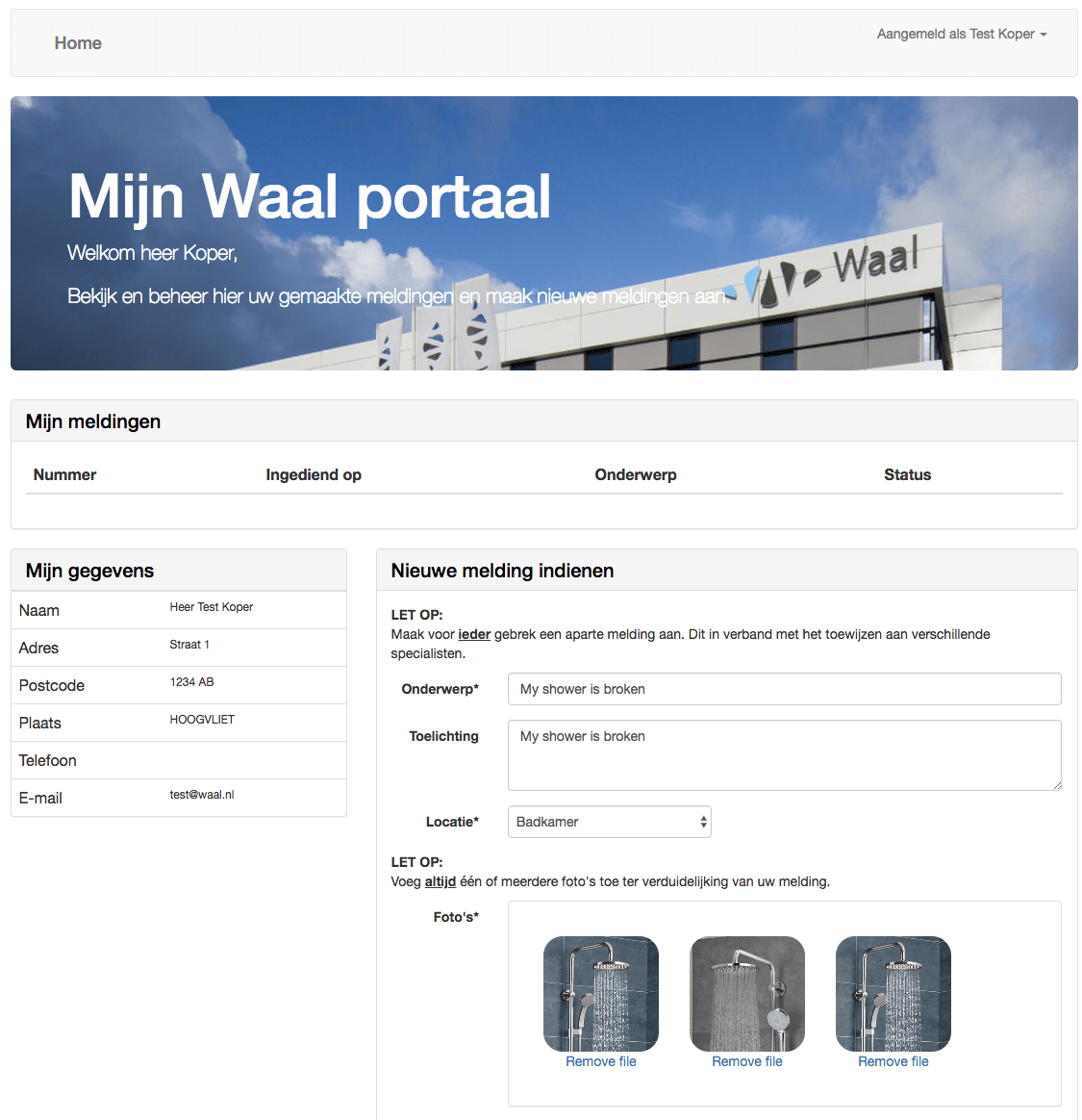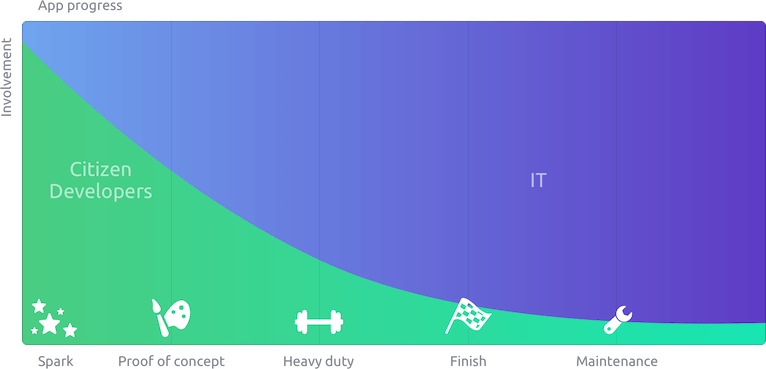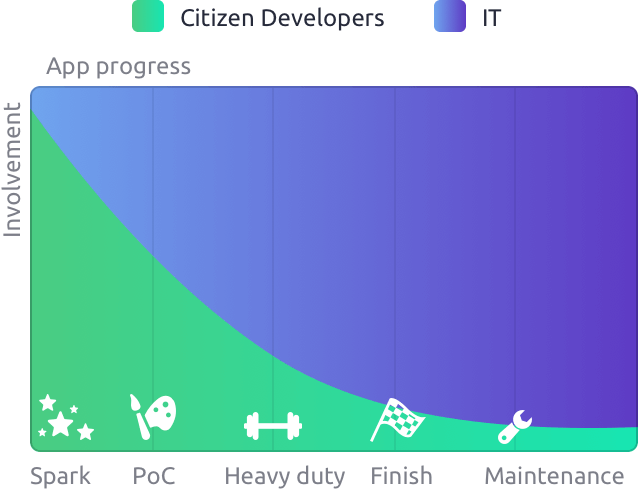No-code Application Development
Betty Blocks is the best no-code app builder for enterprises and businesses. Develop, automate, and integrate thanks to our extensive platform solutions without the need for hand-coding. Facilitate cross-departmental cooperation with low-code for programmers and no-code for citizen developers.








